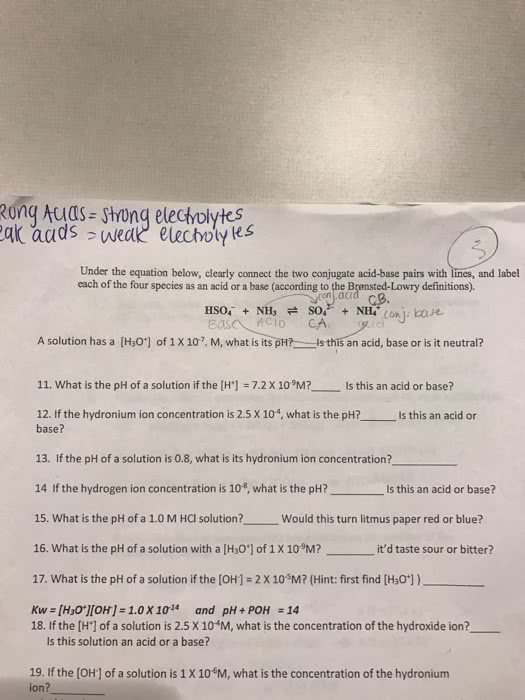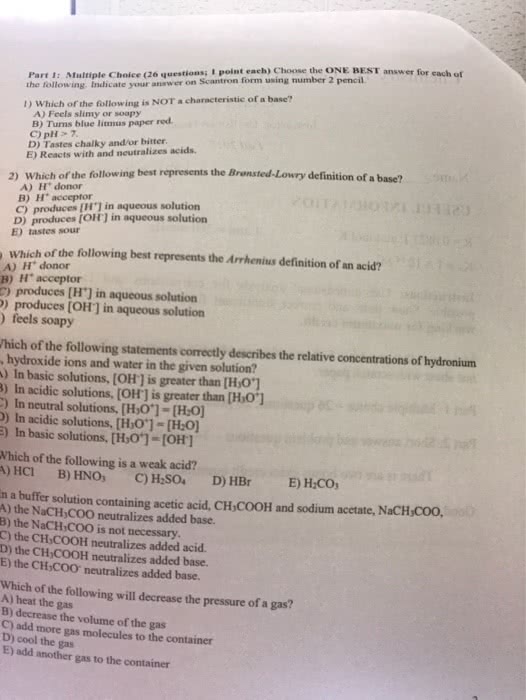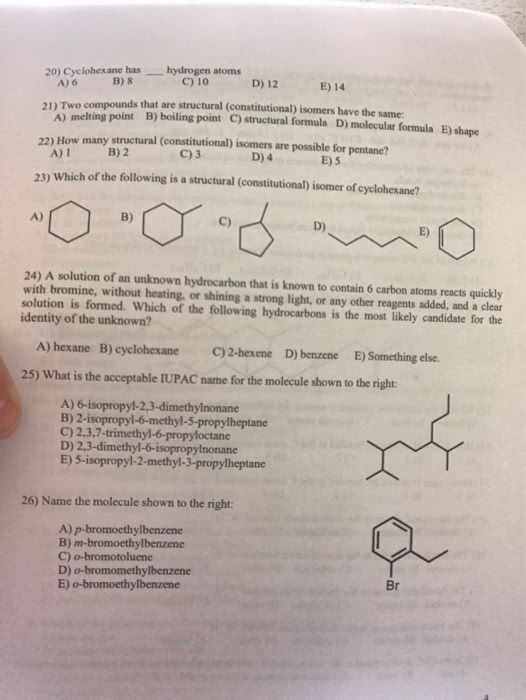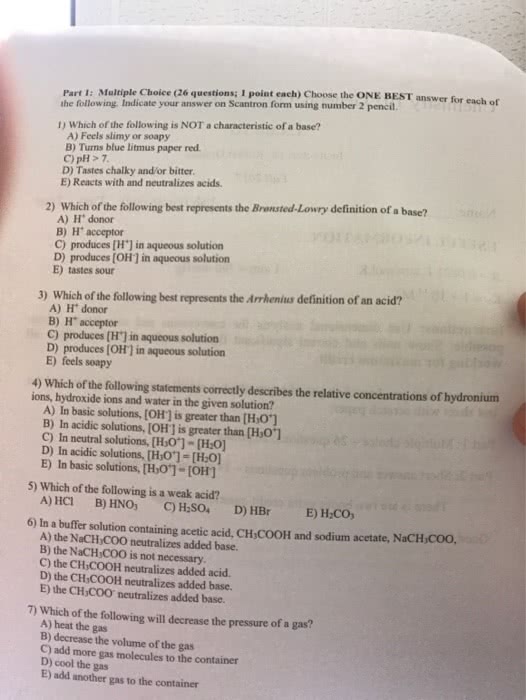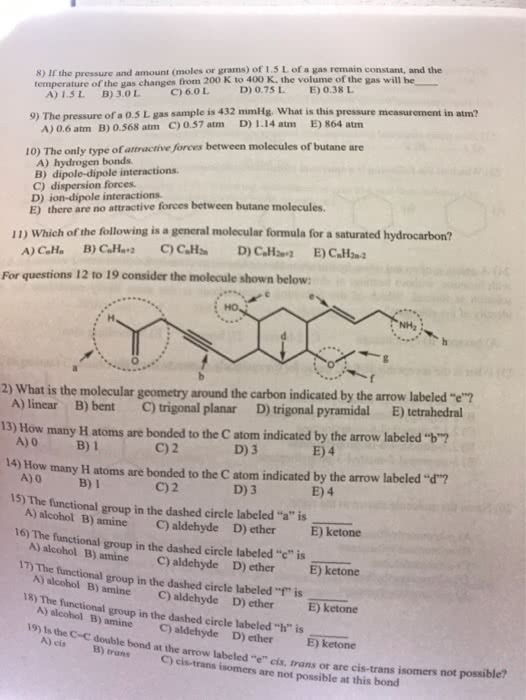CHE 1302 Study Guide - Midterm Guide: Litmus, Conjugate Acid, Amphoterism
Document Summary
Acid and bases are defined by their properties. Neutralize a base (hence lose their acidic. Neutralize an acid (hence lose their basic properties) properties. Acids form h+ in water; bases form oh- in water. But this description is not suitable in all cases: many bases (nh3 (cid:272)ar(cid:271)o(cid:374)ates(cid:895) do(cid:374)"t (cid:272)o(cid:374)tai(cid:374) oh- Defines acids and bases in terms of proton (h+) transfer: an acid is a proton donor, a base is a proton acceptor, an acid-base reaction is a proton transfer process. + a conjugate conjugate acid base conjugate pair conjugate pair what starts as an acid becomes a base; what starts as a base becomes an acid proton transfer acid. Notes: we refer hydrogen cations (h+) as protons base. In solutions, these do not exist as isolated h+ ions they are hydrated. Hcl + h2o (cid:1372) h3o+ (aq) + cl-(aq) *h3o+ is known as the hydronium ion: water is amphoteric (amphiprotic) it can act either an acid or as a base.


